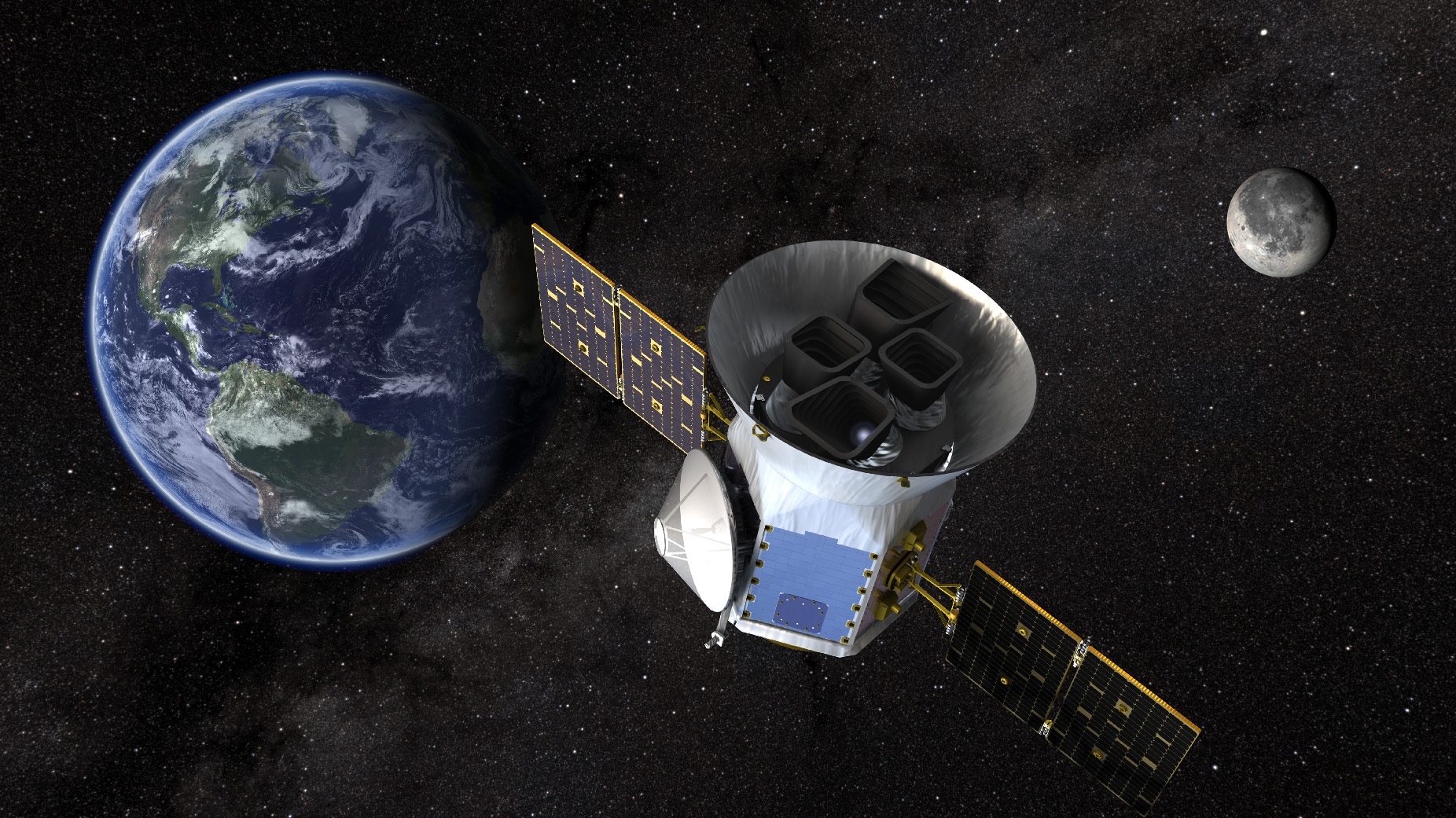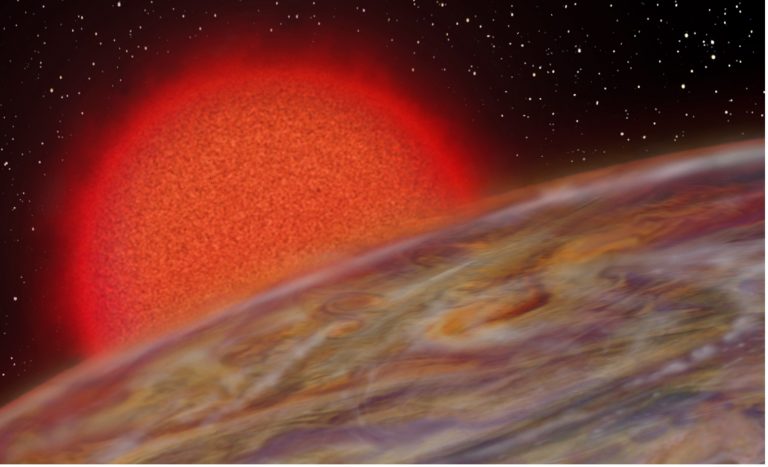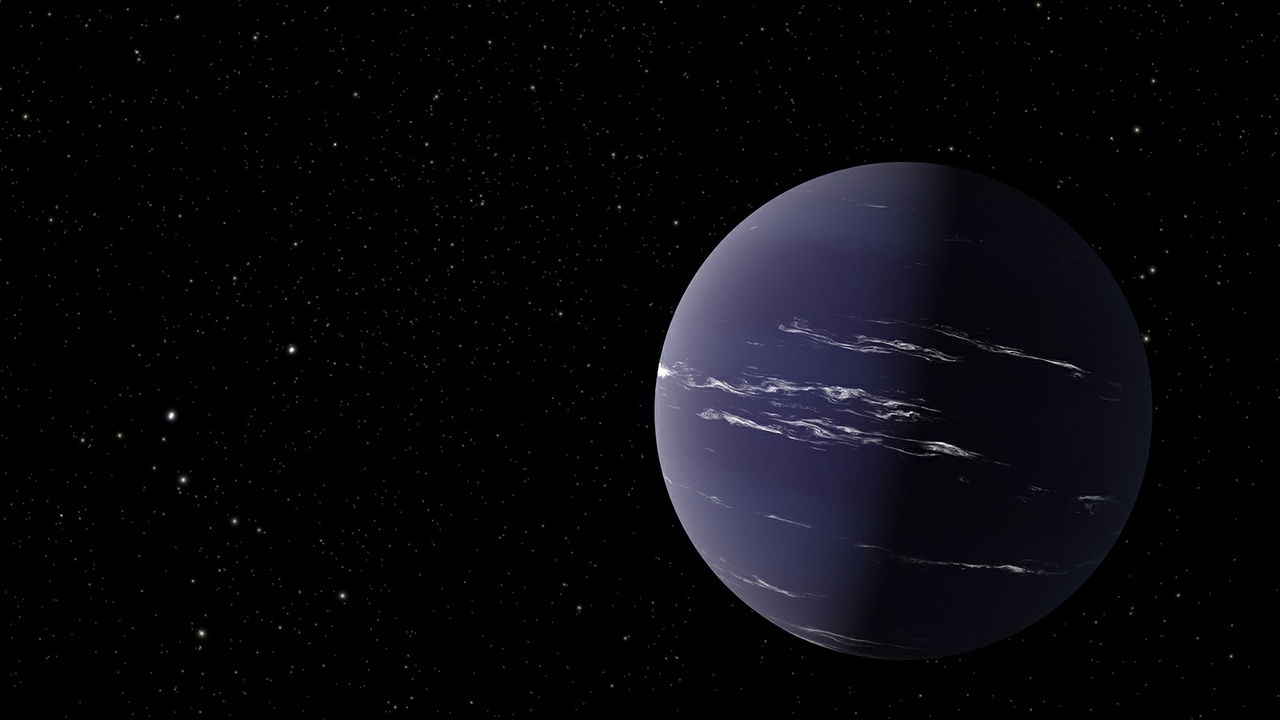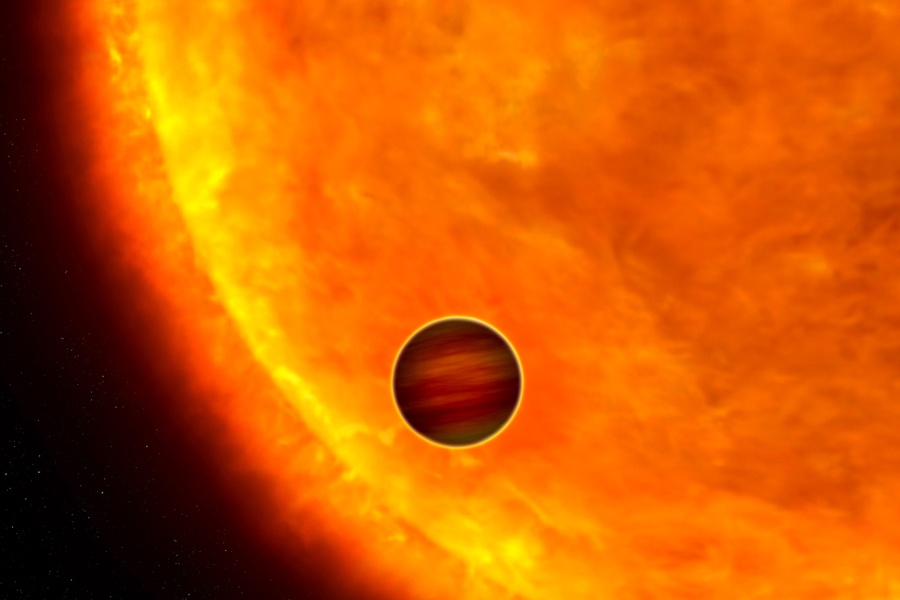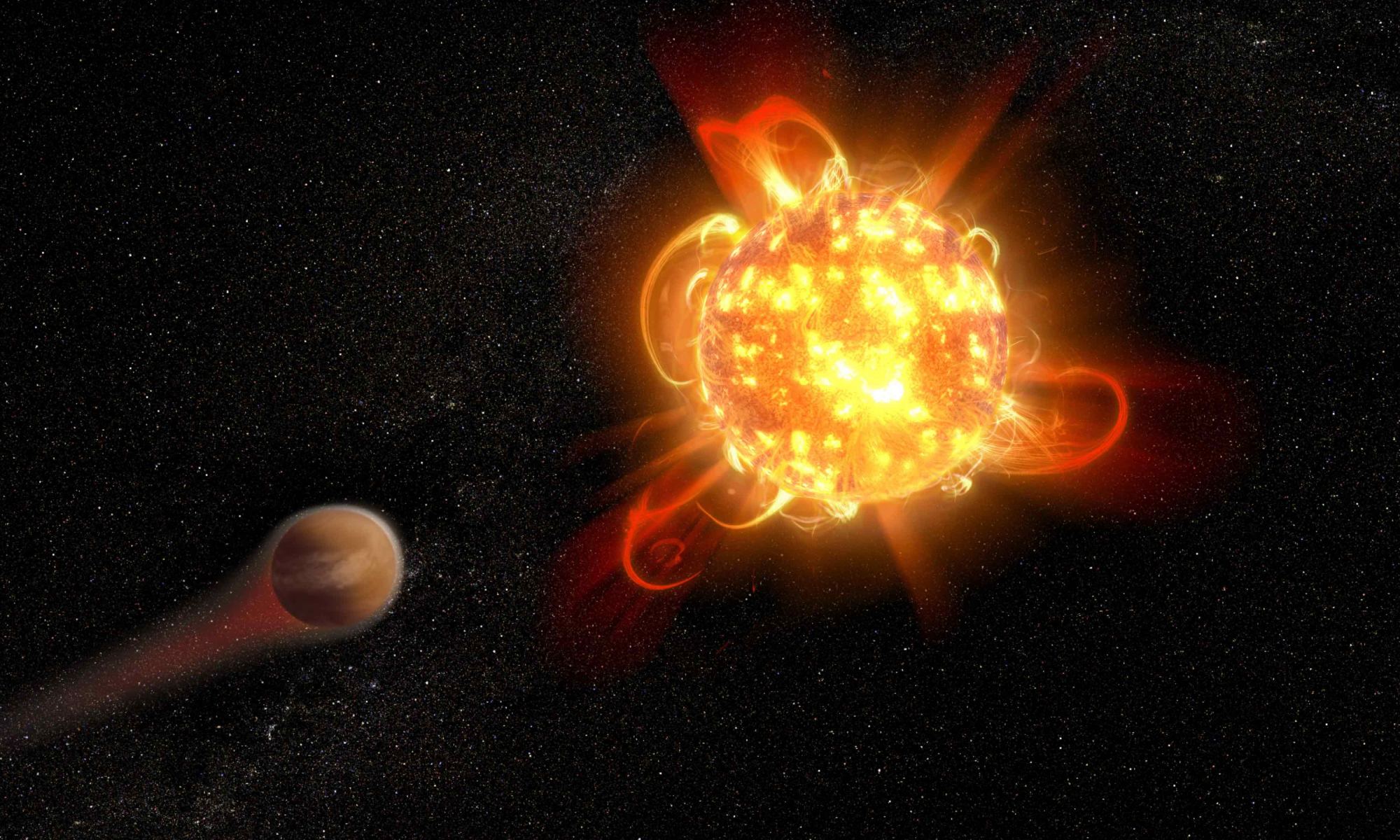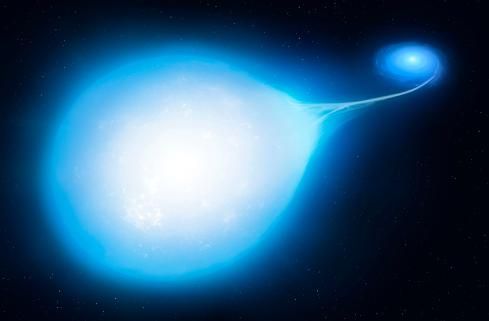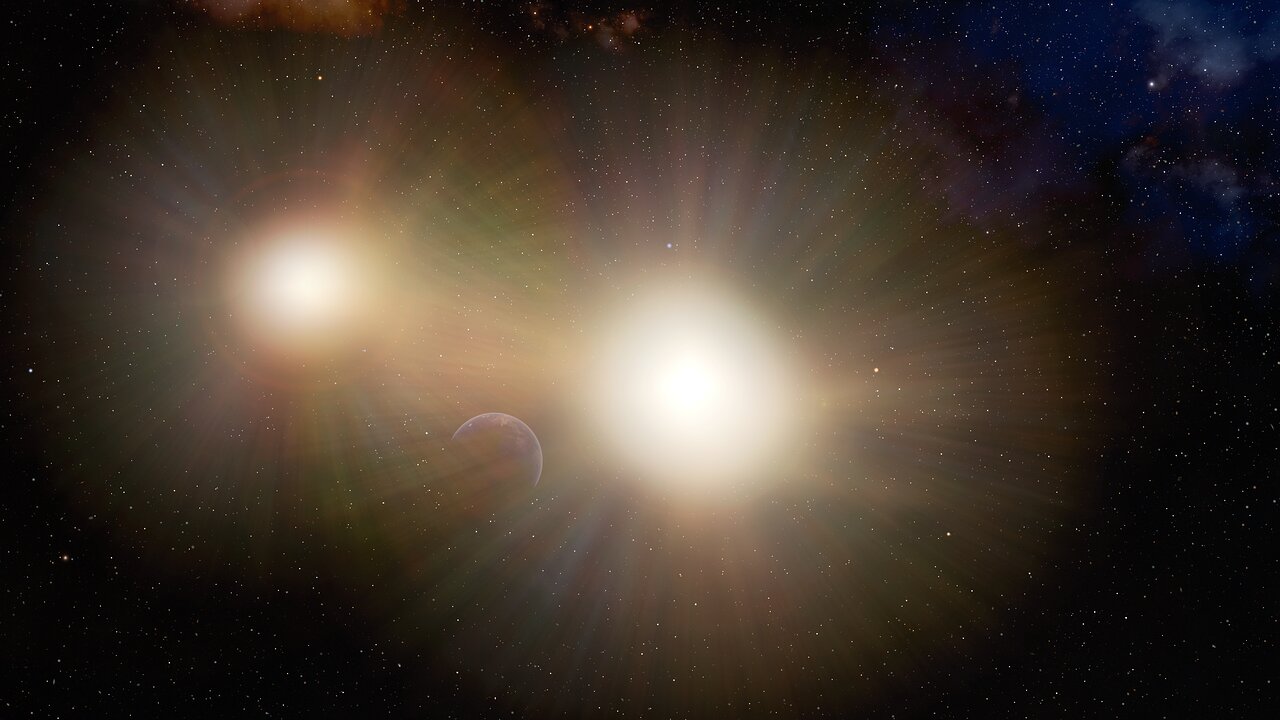Before NASA’s TESS (Transiting Exoplanet Survey Satellite) mission launched in 2018, astronomers tried to understand what it would find in advance. One study calculated that TESS would find between 4430 and 4660 new exoplanets during its primary two-year-long mission.
The primary mission (PM) is over, and TESS is in its extended mission (EM) now. The extended mission is 1.5 years old, and TESS has discovered 176 confirmed exoplanets and 5164 candidates. Scientists are still going through data from the primary mission, so the data might be hiding many more exoplanets. And TESS isn’t finished yet.
Continue reading “5,000 Exoplanets!”
